Cassia abbreviata
General Info – summary
This unarmed Tree has a rounded crown, dark, longitudinal furrowed bark & is up to 11m high. Alternate, paripinnate Leaves are at branch ends with widely spaced leaflets. Golden yellow, bisexual, zygomorphic Flowers develop in racemes. There are two different sized groups of stamens, and the single pistil has a superior ovary with many ovules. The Fruit is a very long, horizontally divided pod with single shiny seeds.
Description
Cassia abbreviata subsp. beareana
Previous Names: Cassia abbreviata var. glabrifructifera, Cassia abbreviata var. granitica, Cassia beareana, Cassia bequaertii, Cassia droogmansiana, Cassia granitica.
SA Tree No. 212.
Common names: (Afr) Boontjieboom, Kersboom, Peulboom, Peulbos, Sambokpeul. (Eng), Long-tail Cassia, Sjambok Pod, Wild Senna. (Northern Sotho) Monepenepe. (Setswana) Molepelepe, Monêpênêpê. (Tshivenda) Muboma, Mulambivhu, Muluma-nama, Muvhonelathangu.
Family: Fabaceae, or Leguminosae (Pea, bean or legume family). After the Orchidaceae and the Asteraceae, the Fabaceae is the third largest Angiosperm (flowering plants) family with 700+ genera and close to 20 000 species. Local Tree genera on this website include Acacia (Vauchellia, Senegalia), Albizia, Bauhinia, Bolusanthus, Burkea, Calpurnia, Colophospermum, Cordyla, Cyclopia, Dichrostachys, Erythrina, Erythrophleum, Faidherbia, Indigofera, Mundulea, Peltophorum, Philenoptera, Piliostigma, Schotia and Xanthocercis. The Fabaceae are recognisable by their fruit and their pinnately compound Leaves. Leaves may also be simple – even bilobed and usually have stipules – some of which may be spinescent. Leaflets are usually entire. Flowers are bisexual and bracteate. Regular flowers usually have 4-5 sepals and the same number of petals. Irregular flowers have 4-5 sepals and 5 or less petals. Stamens have anthers that have 2 pollen sacs and there are usually at least twice the number of stamens as petals – often 10. The superior Ovary has 1 locule containing 1 or more ovules. The Stigma and Style are simple. The single carpel develops into the Fruit, which is usually a pod. The mature pods may dehisce or break into segments. Seeds vary.
Name derivation: Cassia – from Greek. Resembles Cassine (a genus of trees in the family Celastraceae). abbreviata – means shortened but its significance is unclear. Common name “Long-tail” refers to the long, tail-like pods. beareana after Dr O’Sullivan Beare, who marketed an extract of roots for the treatment of blackwater fever (a complication of malaria infection in which red blood cells burst in the bloodstream (haemolysis), releasing haemoglobin directly into the blood vessels and into the urine, frequently leading to kidney failure). Cassia abbreviata is the only species of this genus in southern Africa.
Conservation: National Status: L C. (Least Concern). Assessment: 2005 (W. Foden and L. Potter).
Tree
This unarmed and usually small to medium sized Tree is up to 11m high (usually less). The rounded crown (intro photo: 90039. Lowveld NBG. Photo: David Becking.) is usually at least as wide as the height of the tree (intro photo – 2014.09.16 Lowveld NBG). Young stems are hairy, and branches tend to droop. On mature trunks, the Bark is rough, brownish grey, to dark brown or black and becomes longitudinally furrowed (photo 766). The distinctively long pods remain on the tree for some time (photo 779).
- 766. 2014/09/16. Lowveld NBG. Photo: David Becking.
- 779. 2014/09/16. Lowveld NBG. Photo: David Becking.
Leaves
The alternate Leaves are clustered at branchlet ends. This deciduous tree has leaves that are paripinnate (compound leaves ending with a pair of leaflets – photo 334). No glands are present on the Rachis (main axis bearing flowers or leaflets). Leaf axils lack glands. The thin, widely spaced, hairy Leaflets are elliptic to lanceolate, dull green above, lighter below (photo 336) and initially finely velvety. The entire (with a continuous Margin, not in any way indented) leaflets are in 5-12 opposite, or almost so, pairs and each is up to 6 x 3cm. Shorter leaflets occur closer to the end of each leaf (photo 334). Each Petiole (leaf stalk) is up to 6cm long (photo 334) and has a thickened base (photo 333). There are 2 short lived Stipules (basal appendages of the petiole). The Petiolules (leaflet stalks) are up to 6mm long (photo 336). The Apex is rounded or tapering. The Base is rounded and may be asymmetric (photo 336). Veins on the translucent leaflets are clearly visible when viewed against a strong light (photo 340). Here side veins loop and join before reaching the margin. In the field a hand lens will help.
- 334. 2018/01/16. Pretoria NBG. Photo: David Becking.
- 333. 2018/01/16. Pretoria NBG. Photo: David Becking.
- 336. 2018/01/16. Pretoria NBG. Photo: David Becking.
- 340. 2018/01/16 Pretoria NBG. Photo: David Becking. Against the sun.
Flowers
The flowers usually precede the leaves (intro photo: 90039. Lowveld NBG. Photo: David Becking). At branch ends, the reddish flower buds develop into large, loose sprays of Flowers. This inflorescence is a many-flowered Raceme (a simple elongated inflorescence with flowers that open in succession towards the apex) that are up to 20 x 15cm. Once open, each of these most impressive yellow, sweet-scented flowers, is up to 4,5cm across. They are bisexual and zygomorphic (irregular flower with the corolla divisible into 2 equal halves in one plane only). Each flower has a long Pedicel (stalk of a single flower in a cluster – photo 631 under Fruit) with 2 Bracteoles (secondary usually smaller bracts) at the base. The Calyx has 5 green Sepals (photo 42) that are imbricate (having regularly arranged, overlapping edges, as roof tiles. The yellow Corolla is much larger than the calyx and has 5 distinct Petals that alternate with the sepals – photo 42). These petals surround 10 yellow, different groups of Stamens. The 3 adaxial (facing towards the centre) stamens are sigmoidally (s-shaped) and incurved (Photo 43). They are many times longer than the remaining straight stamens. In this photo, the different sized stamens are visible. The dorsifixed Anthers dehisce via a basal pore. There is a single Pistil (a unit of the Gynoecium, the female element of the flower, composed of the Ovary, Style and Stigma) with a superior Ovary containing a number of ovules. Projecting from the ovary is a whitish, single curved Style (photo 43) ending in a single Stigma that is truncate (appearing as if cut of at the end). (Aug-Nov).
- 42. 2008/08/09. Lowveld NBG. Photo: David Becking.
- 43. 2008/08/09. Lowveld NBG. Photo: David Becking.
Fruit
The exceptionally long, initially, golden-brown to brown Fruit is a pendulous and cylindrical Pod that is terete (circular in cross section) and up to 90 x 2,5cm (photo 631). This is diagnostic. The pods remain on the tree for many months. The outer mature part is woody and surrounds a pithy layer, divided horizontally into compartments (photo 770). Each compartment holds a single Seed. The pod is initially velvety and becomes smooth as it matures. The shiny seeds are flattish, round and either red-brown or black and tinged with lime green (photo 770). (Dec-Apr).
- 933. 2017/11/14 Pretoria NBG. Photo: David Becking.
- 631. 2017/08/29 Pretoria NBG. Photo: David Becking.
- 770. 2014/09/16 Lowveld NBG. Photo: David Becking.
Distribution & Ecology
These Trees are not endemic in South Africa. Cassia abbreviata subspecies beareana is the only one occurring in South Africa. They occur naturally in an altitude range between 550 and 950m, in Limpopo e.g., Wyllie’s Poort pass (reasonably close to the Zimbabwe boarder), Northern Province, Mpumalanga, widespread in Mozambique, Swaziland, Zimbabwe, North-east Botswana, northern Namibia, Tanzania, Zambia, DRC, Kenya, Somalia, Madagascar, Asia, Malaysia and Australia. Locally this is a bushveld (a sub-tropical woodland ecoregion of southern Africa) specimen, often associated with termite mounds in low frost areas and at low to medium altitudes. Trees are also located in open woodland and are common on riverbanks and hillsides. Elephants eat the leaves and young branches. Birds eat the fruit-pulp and seeds. It is the food plant for the emperor butterflies: coppers of the genus Charaxes, and the white Pieridae – a large family of butterflies – mostly occurring in the tropics.
Ethnobotany
At one-time Root extracts were used to treat blackwater fever (a complication of malaria). A type of condensed tannin (Proguibourtinidins) is obtainable from this plant. The Wood is light brown, marked with darker streaks. It is coarse grained and little used. Seeds germinate well and grow best in areas of little or no frost. Plant the seedlings in direct sunlight. The trees are frost tender – especially when young. When in full flower the adult tree is a pleasure to see. Local medicine makes use of this plant.
References
Coates Palgrave, M. 2002. Keith Coates Palgrave Trees of Southern Africa, edn 3. Struik, Cape Town.
Burrows, J.E., Burrows, S.M., Lotter, M.C. & Schmidt, E. 2018. Trees and Shrubs Mozambique. Publishing Print Matters (Pty) Ltd. Noordhoek, Cape Town.
Foden, W. & Potter, L. 2005. Cassia abbreviata Oliv. subsp. beareana (Holmes) Brenan. National Assessment: Red List of South African Plants version . Accessed on 2025/01/15.
Lawrence, G. H. M, 1951. Taxonomy of Vascular Plants. The Macmillan Company, New York. Tenth Printing 1965.
Palmer, E. & Pitman, N. 1972. Trees of southern Africa. Balkema, Amsterdam, Cape Town.
Schmidt, S. Lotter, M. & McCleland, W. 2002. Trees and Shrubs of Mpumalanga and the Kruger National Park. Jacana, Johannesburg.
van Wyk, B. & van Wyk, P. 1997 Field guide to Trees of Southern Africa. Struik, Cape Town.
http://www.plantzafrica.com/plantcd/cassiaabbrev.htm
https://en.wikipedia.org/wiki/Cassia_abbreviata
https://www.researchgate.net/publication/264678542_Cassia_abbreviate_review
http://posa.sanbi.org/flora/browse.php?src=SP
https://www.butterfliesandmoths.org/taxonomy/Pieridaes
https://en.wikipedia.org/wiki/Blackwater_fever

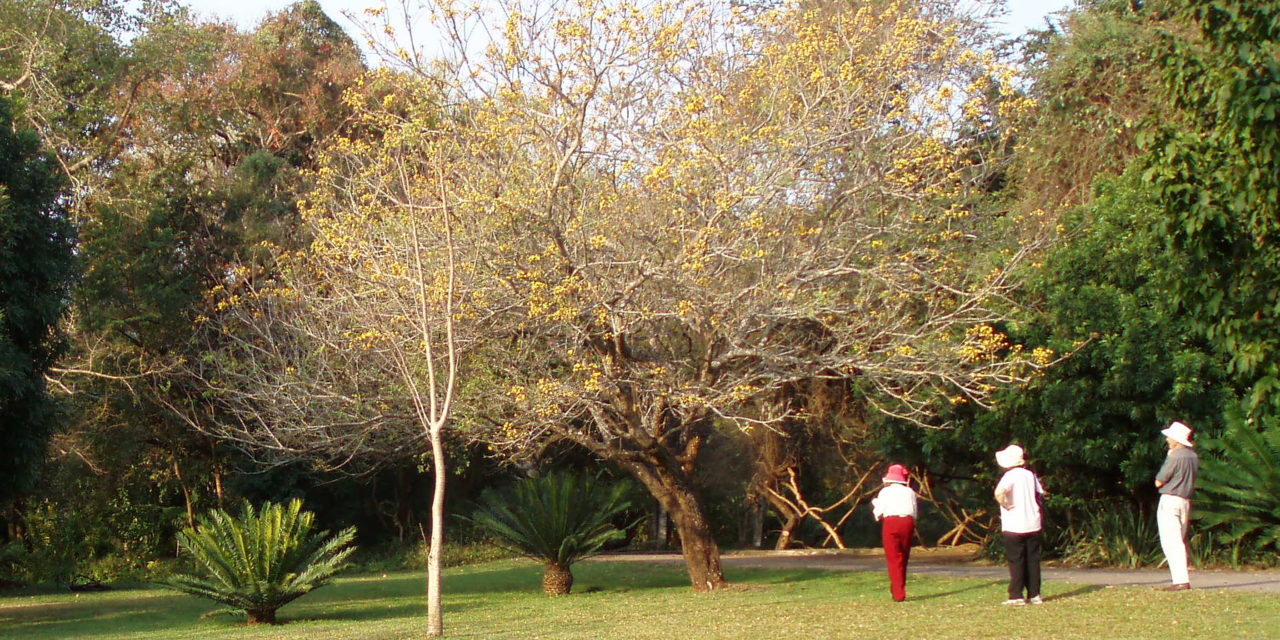
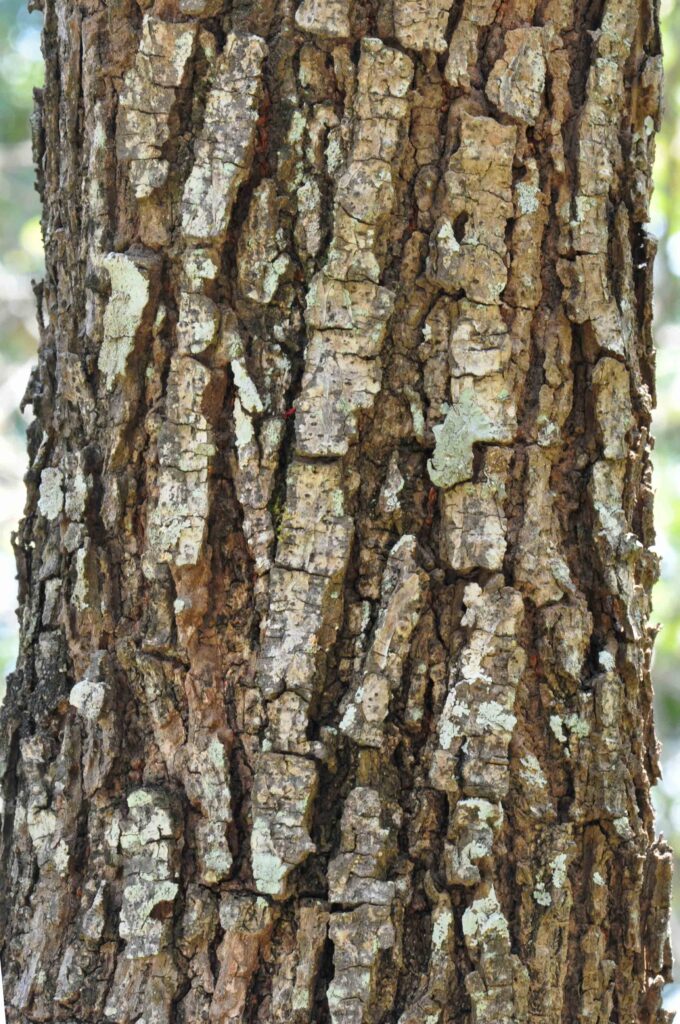
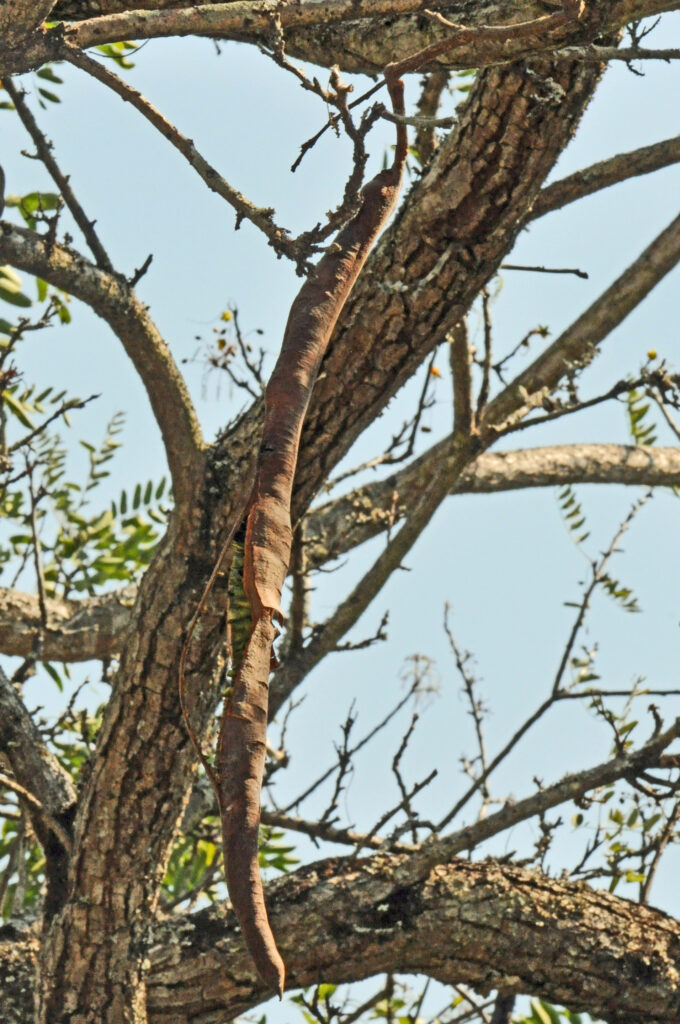
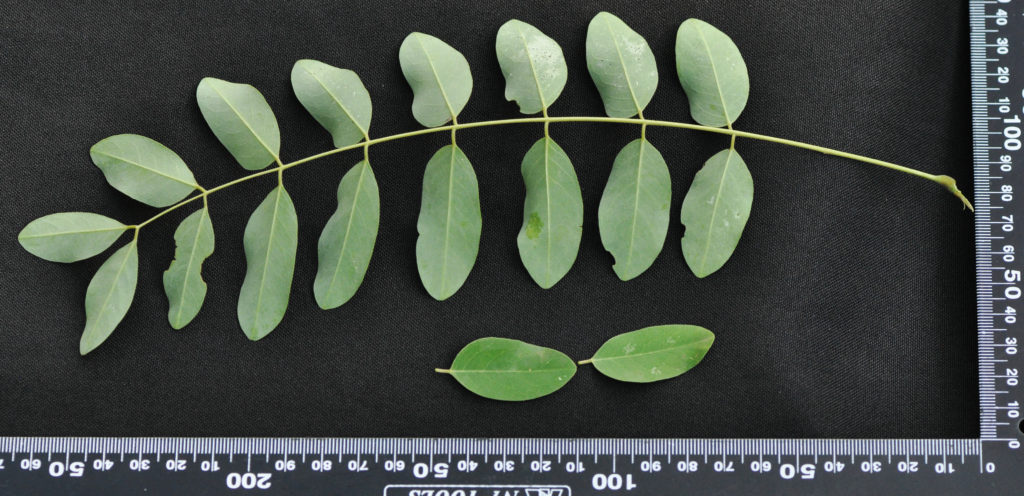
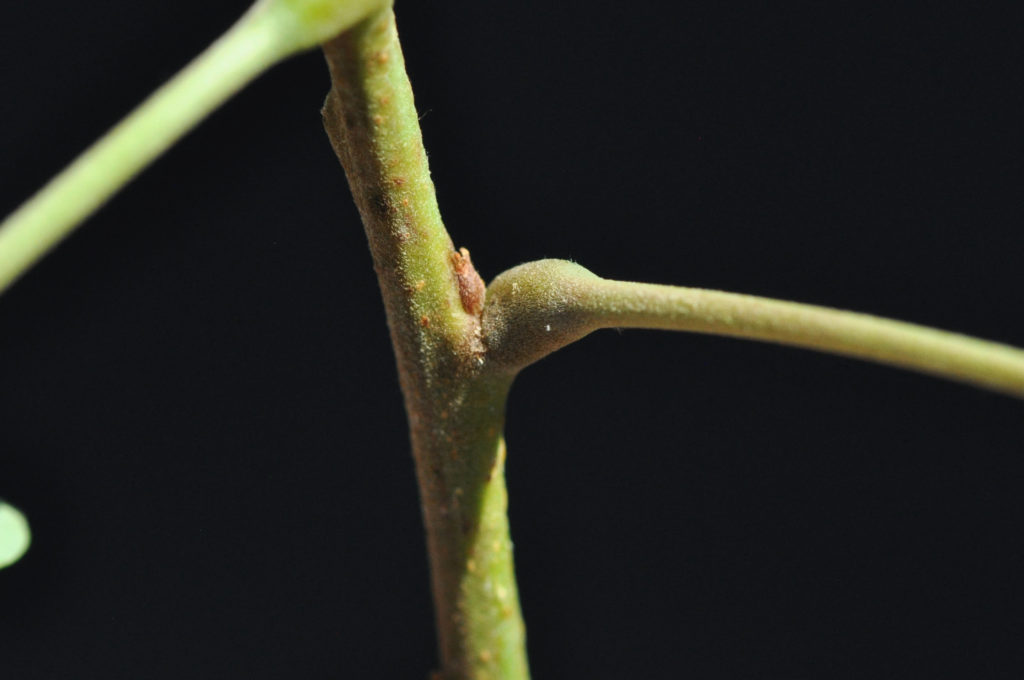
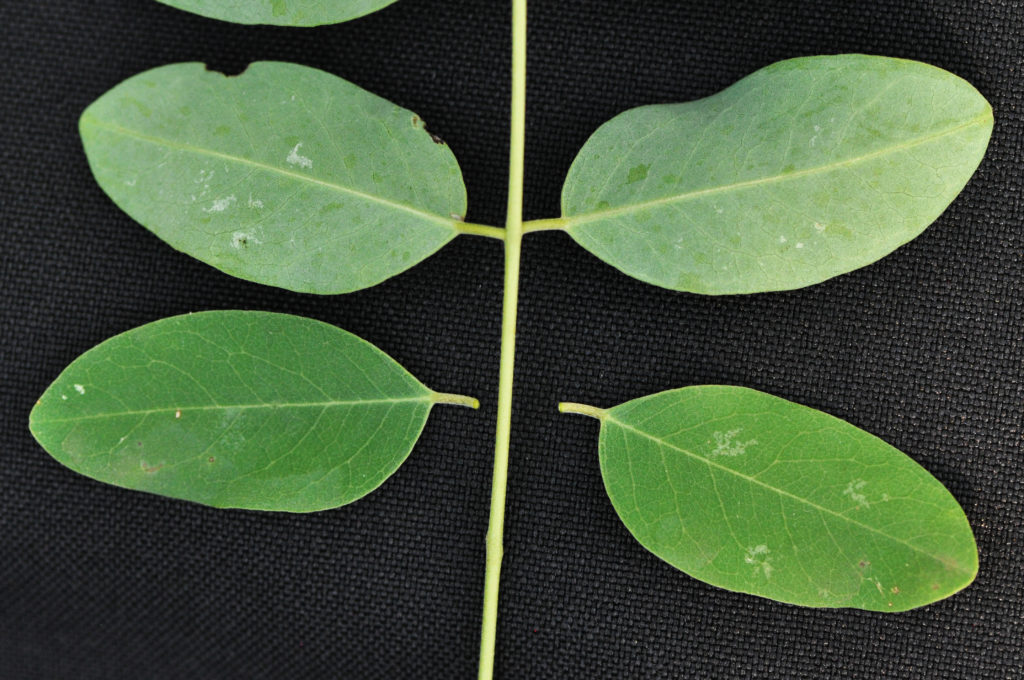
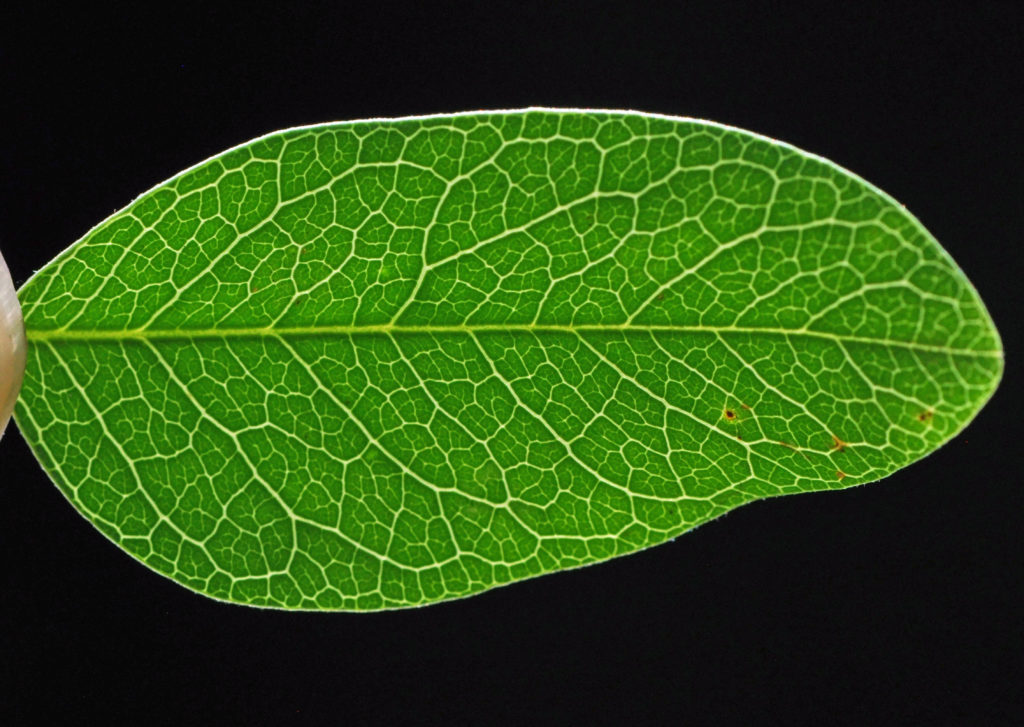
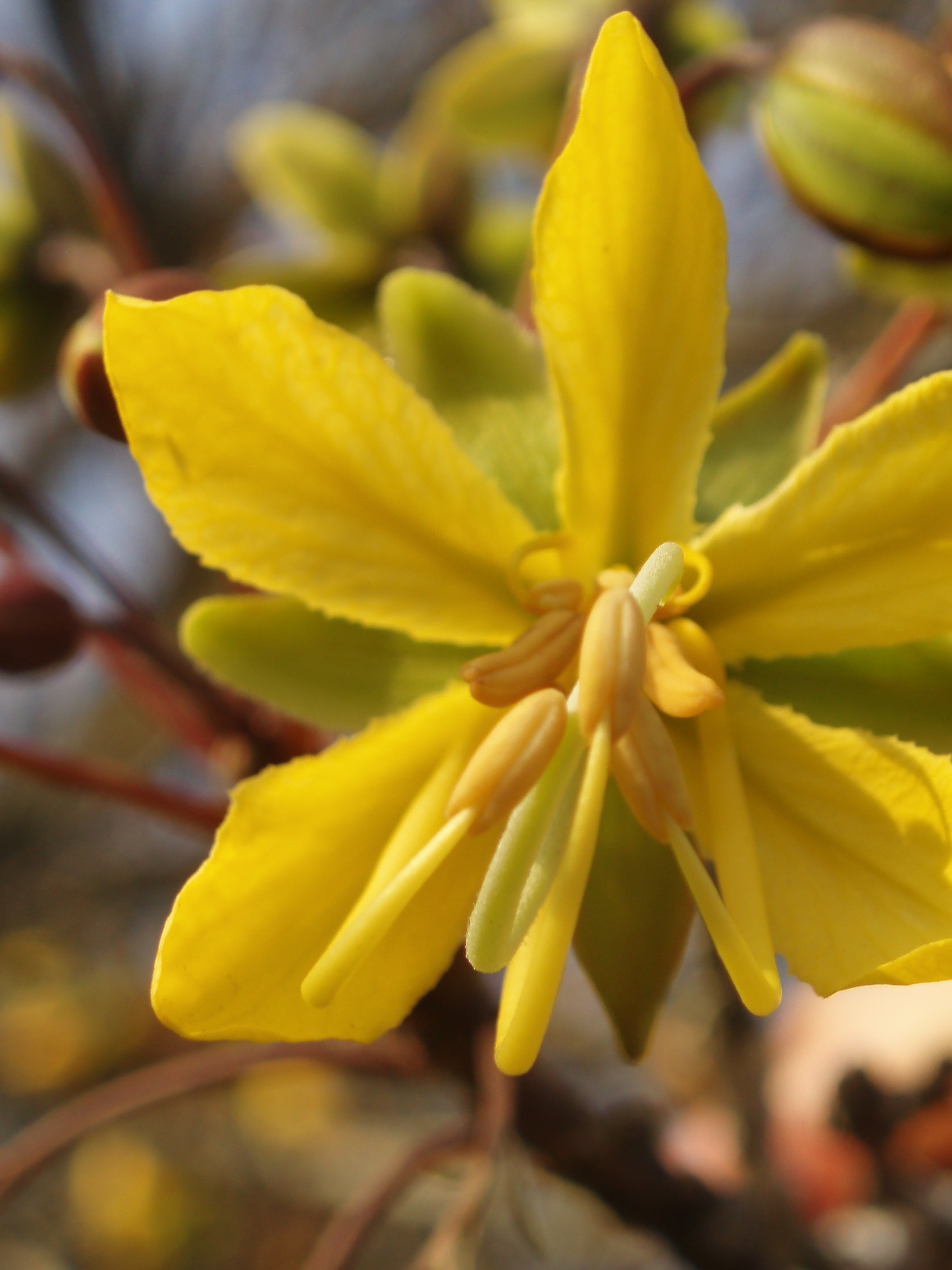
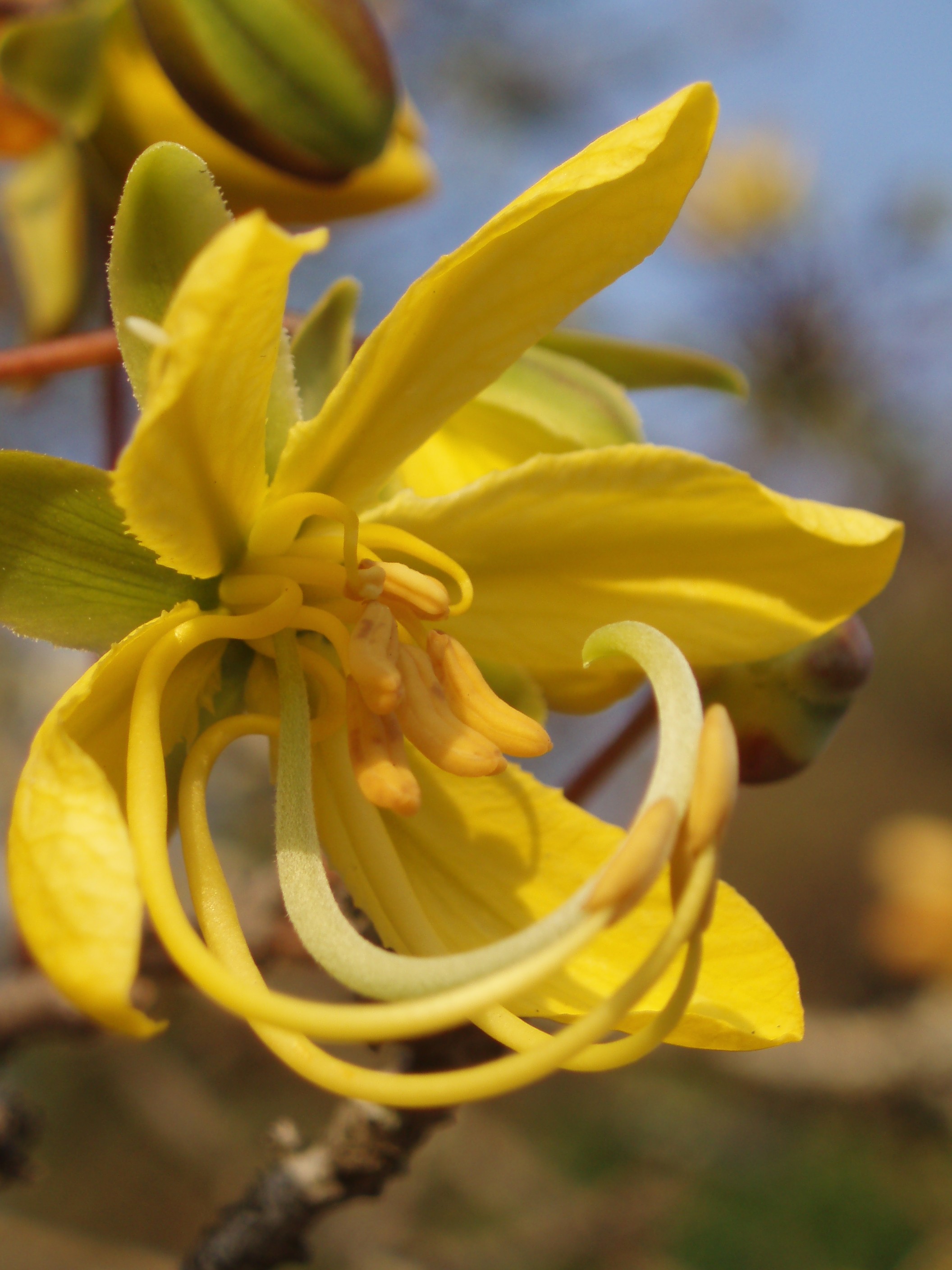
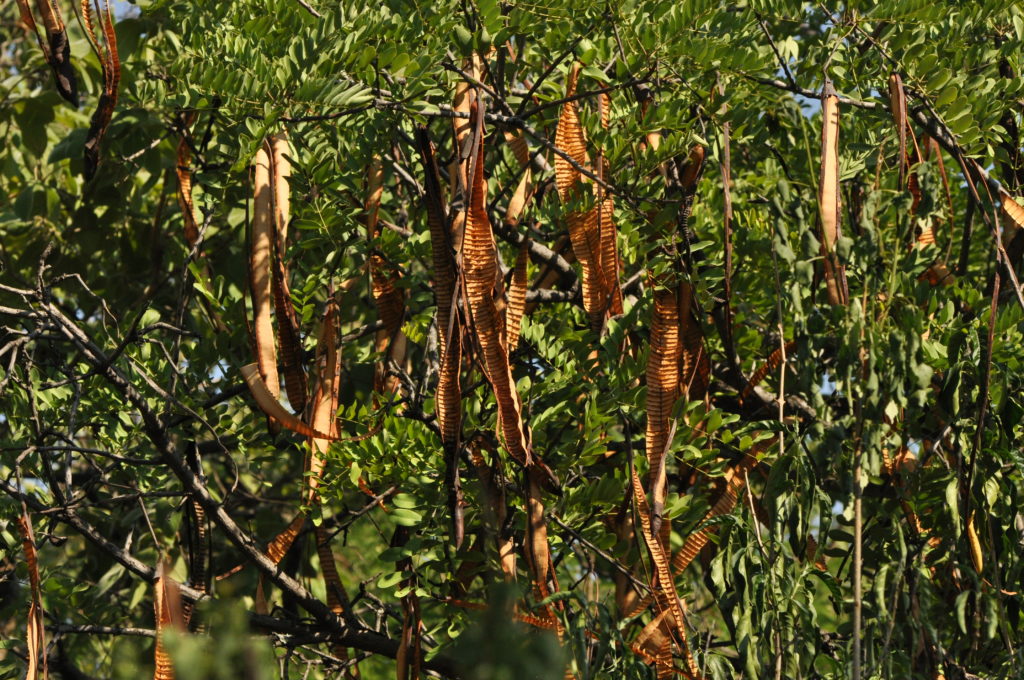
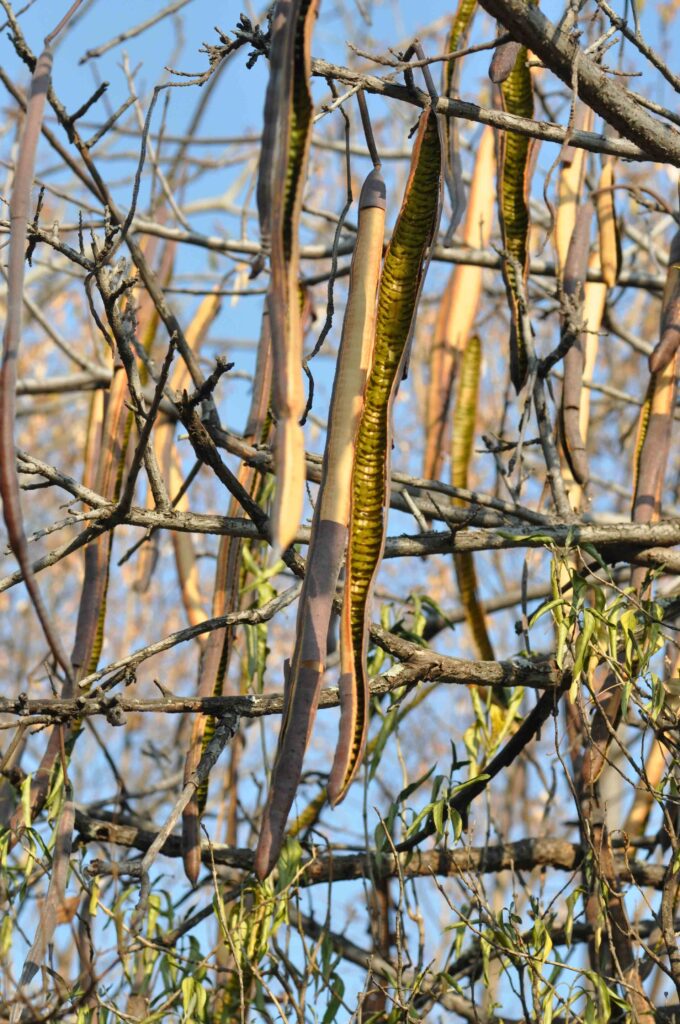
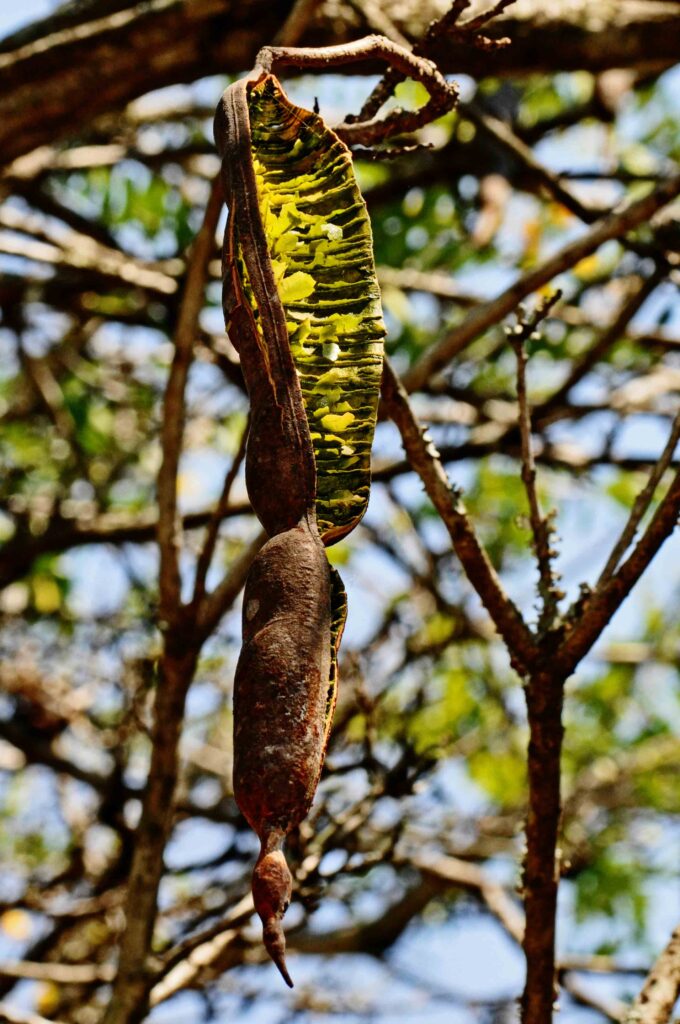
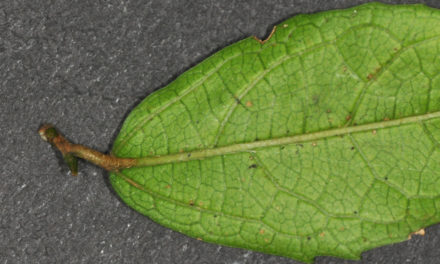
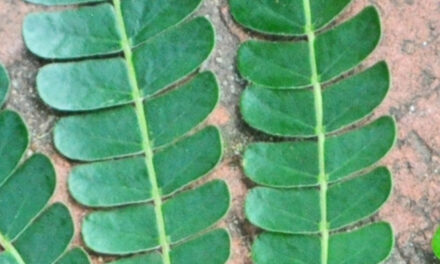

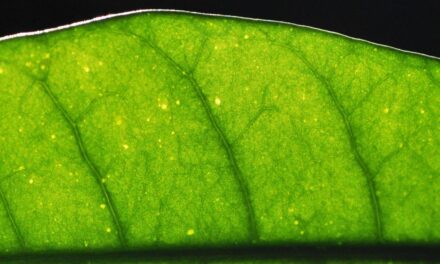
I would still like to know what the correlation is with the abbreviate in the name
Greetings Marcelle
I have looked through all the descriptions again and, at a at an imagination stretch, it may have something to do with the inner pod.
“The outer mature part of the pod is woody and surrounds a pithy layer, divided horizontally into compartments (photo 770). Each (small !!) compartment holds a single Seed.”
If you do find the answer, please pass it on!
Regards
David Becking